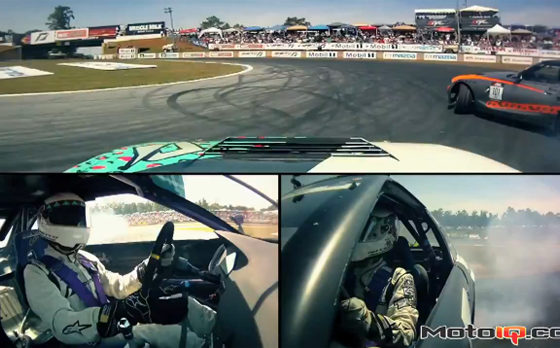,
 |
| The single rear feed line from the master cylinder goes to the adjustable Wilwood proportioning valve in the cabin. Then back out to an Earl’s 3-way -3AN T, with Earl’s -3AN compression collars and ferrules where they are mated to the stock rear caliper feed lines. |
Once your lines are bent, flared, and installed, bleed the system properly – we filled our system with Motul RBF660 – and checked for leaks by pushing the brake pedal to the floor and holding it there for several seconds. We initially found a couple of leaks in our fittings, and needed to repair them by either tightening the fittings a little more, or re-flaring the line.
 |
| Since the stock proportioning valve was tossed, this Wilwood adjustable proportioning valve will help us set the brake bias to our exact liking and make changes based on race tracks and conditions. |
 |
| We used Motul RBF660 brake fluid due to its high boiling point and its unique ability to quickly recover from fade under race conditions. |
A little fact not known outside the SE-R world is that the NX2000 came with larger front calipers and rotors, and many SE-R Cup cars throughout the country have ran this set up successfully. The stock brakes on the G20 are about the same size as the larger NX2000 brakes, so we figured there was enough swept area and mass for sufficient heat dissipation. The G20 also comes with much larger rear rotors than the SE-R’s stock setup. The Wilwood proportioning valve will help us use those large rear rotors effectively while keeping them from locking up before the fronts and creating some exciting moments on the track – think pulling the e-brake.
 |
| The new lines fabricated from the master cylinder to the front calipers sure clean up the engine bay. |



